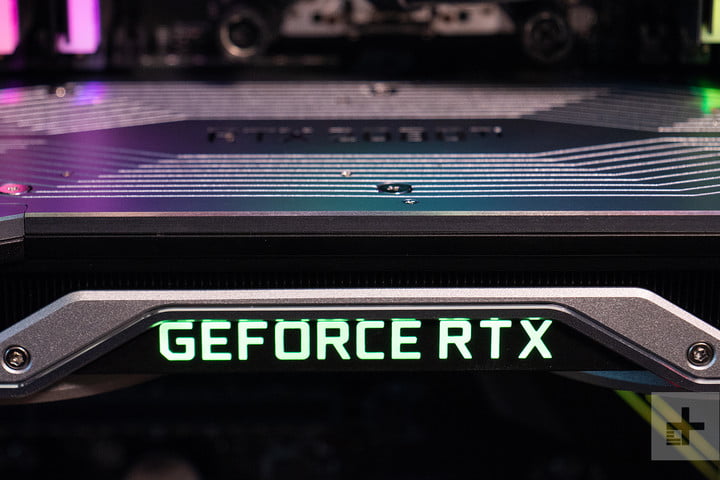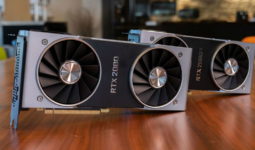3DMark’s Port Royal Helps Measure Your GPU’s Ray Tracing Performance

If you’re in the market for one of Nvidia’s new GeForce RTX series graphics cards with ray tracing capabilities built in and want to know how the cards stack up against each other, then you may want to check out Underwriters Laboratories new Port Royal benchmarking utility. The tool, which will be part of UL’s 3DMark benchmarking suite, allows you to measure ray tracing performance on gaming cards.
“3DMark Port Royal is the world’s first dedicated, real-time ray tracing benchmark for gamers,” UL said in a news release. “You can use Port Royal to test and compare the real-time ray tracing performance of any graphics card that supports Microsoft DirectX ray tracing.” Port Royal will formally announce Port Royal at GALAX GOC on December 8. It’s due to launch in January 2019, and UL will show off the capabilities of the tool at CES in Las Vegas that same month.
Port Royal utilizes Microsoft’s DirectX ray tracing in order to deliver realistic details of shadows, reflections, and other visual effects in video games that would be difficult to achieve when performed with traditional rendering methods. UL claims that the tool was developed with input from leading technology companies, including AMD, Intel, and Nvidia. Pricing and an exact release date for Port Royal will be announced at a future date, UL said.
Nvidia made a big bet on ray tracing when it debuted its GeForce RTX series. Because shadows, light, and reflections are rendered in real time, ray tracing makes scenes in games appear more cinematic. Nvidia’s RTX series became the first commercially available consumer graphics cards to support the capability. The flagship GeForce RTX 2080 Ti costs a whopping $1,199, but lower-end RTX cards, like the RTX 2070, start at $500.
To take advantage of ray tracing in a video game, developers must support the feature in their titles, and to date, only a limited number of titles have been announced that will support this technology. Unlike Nvidia, rival AMD is holding off on supporting ray tracing on its graphics card until the technology can be implemented on all of its GPUs, from the entry-level to the high-end.




